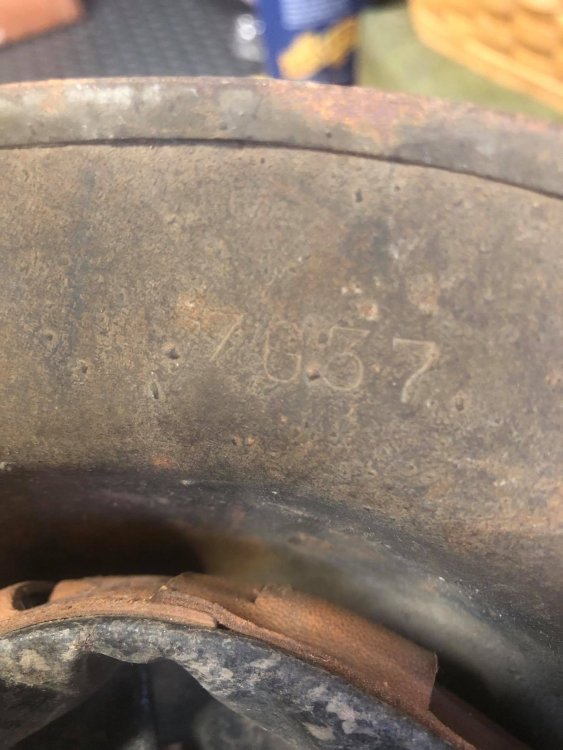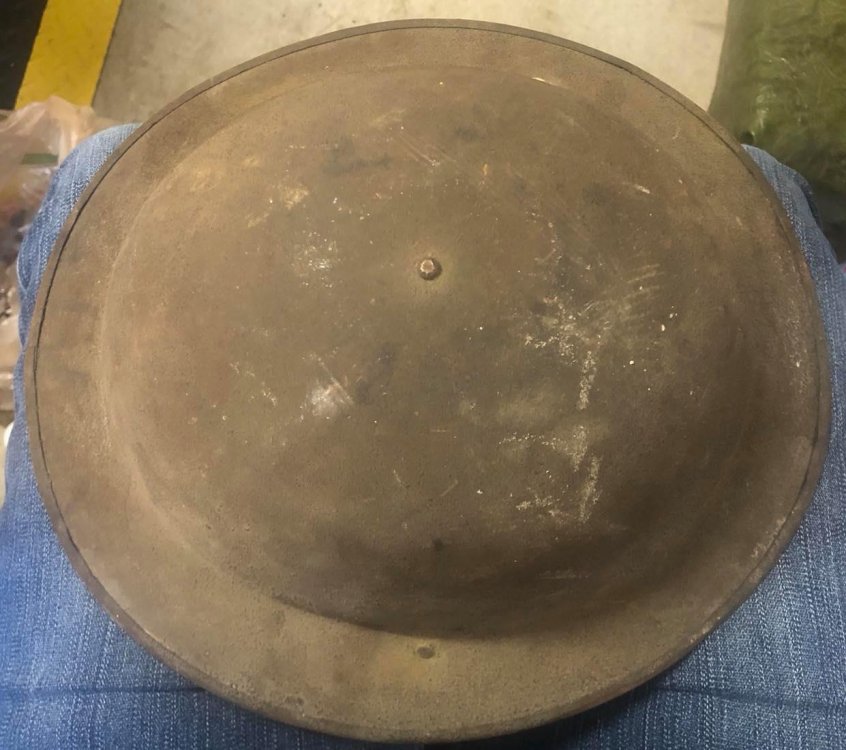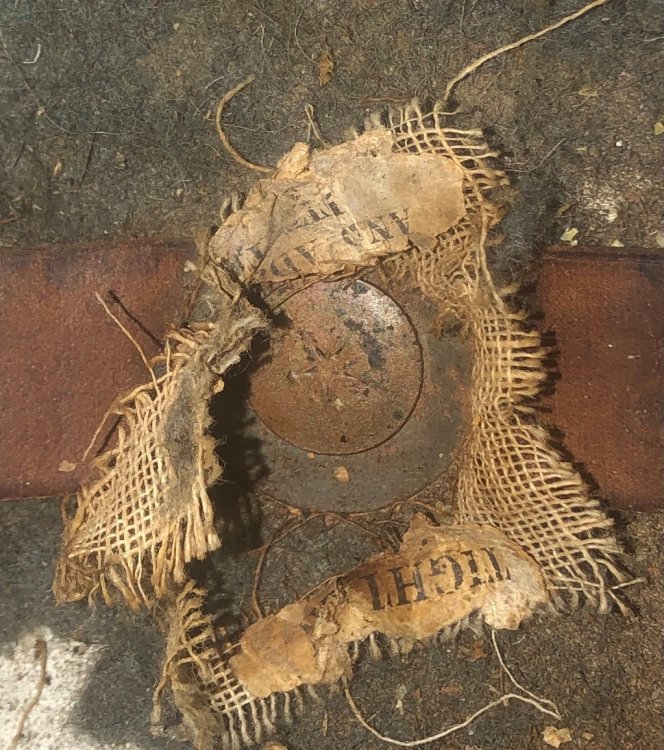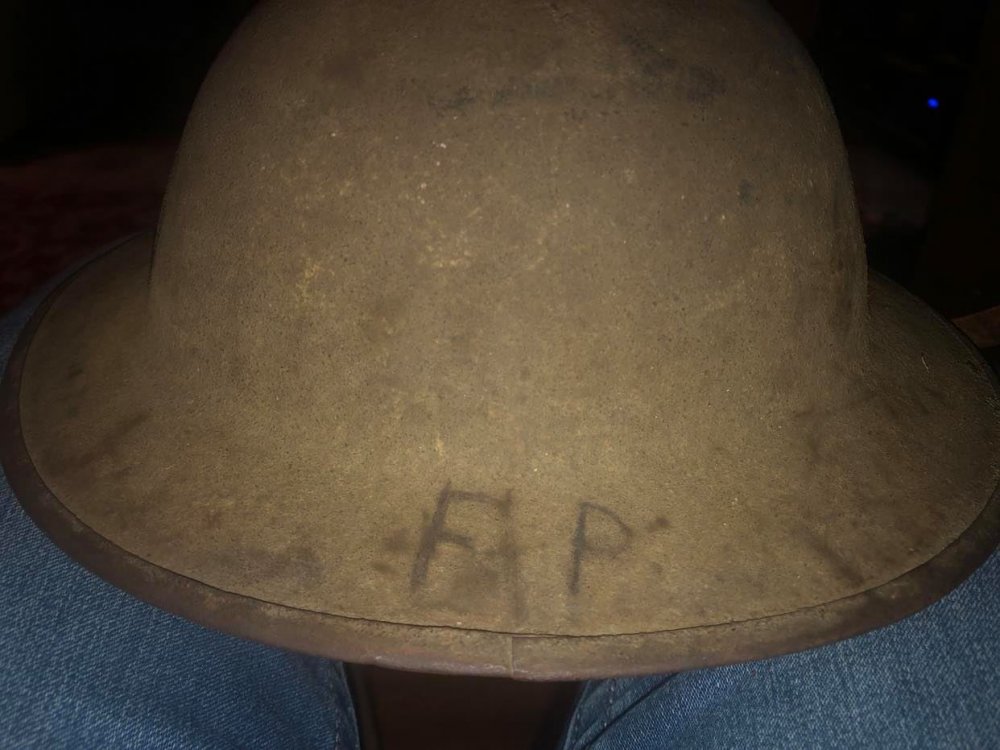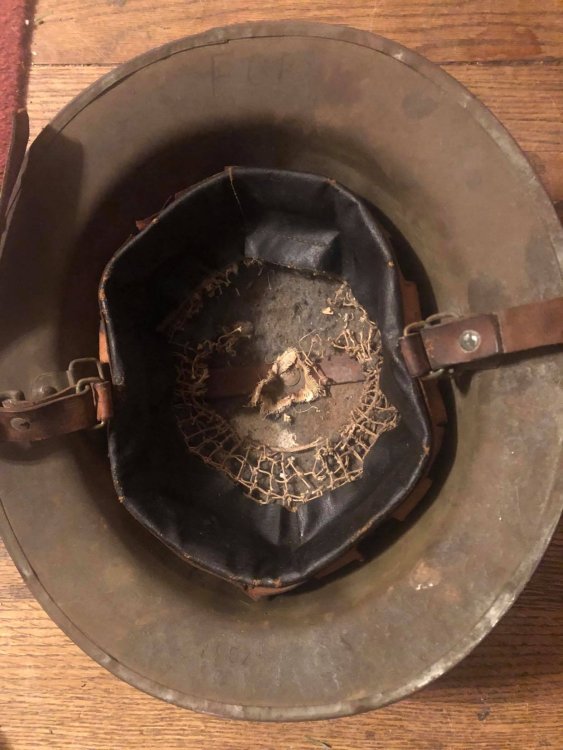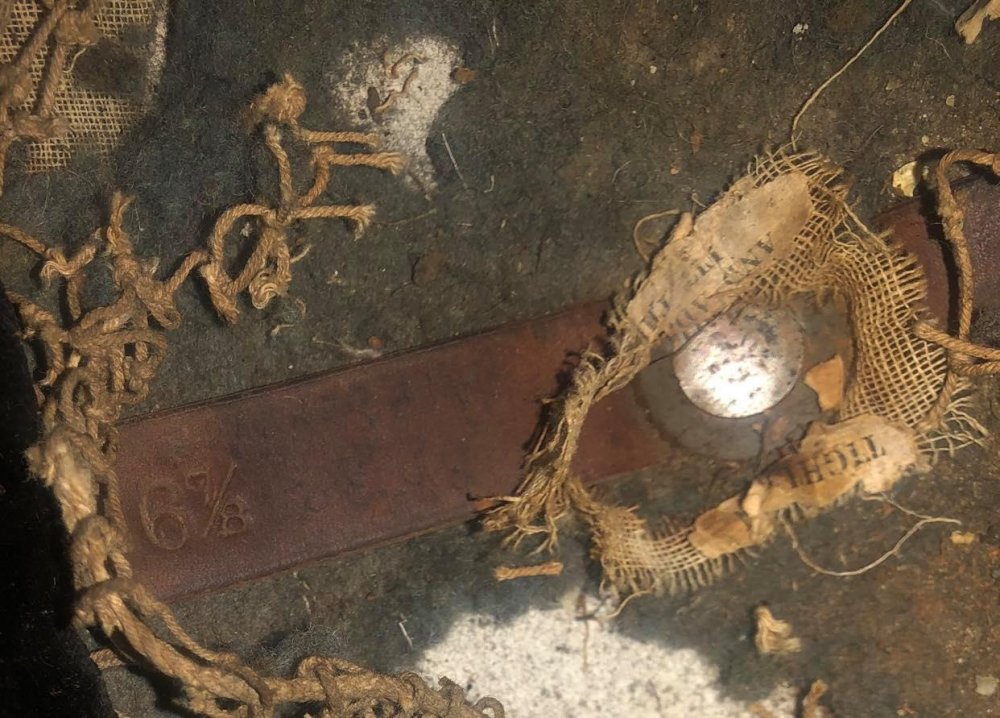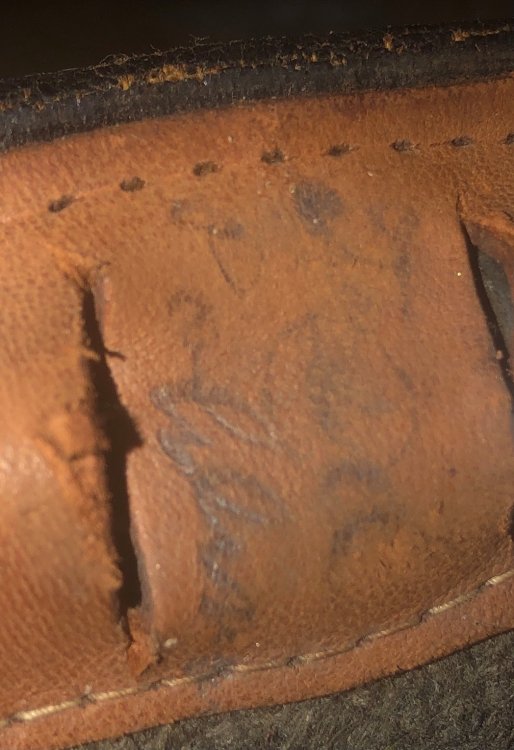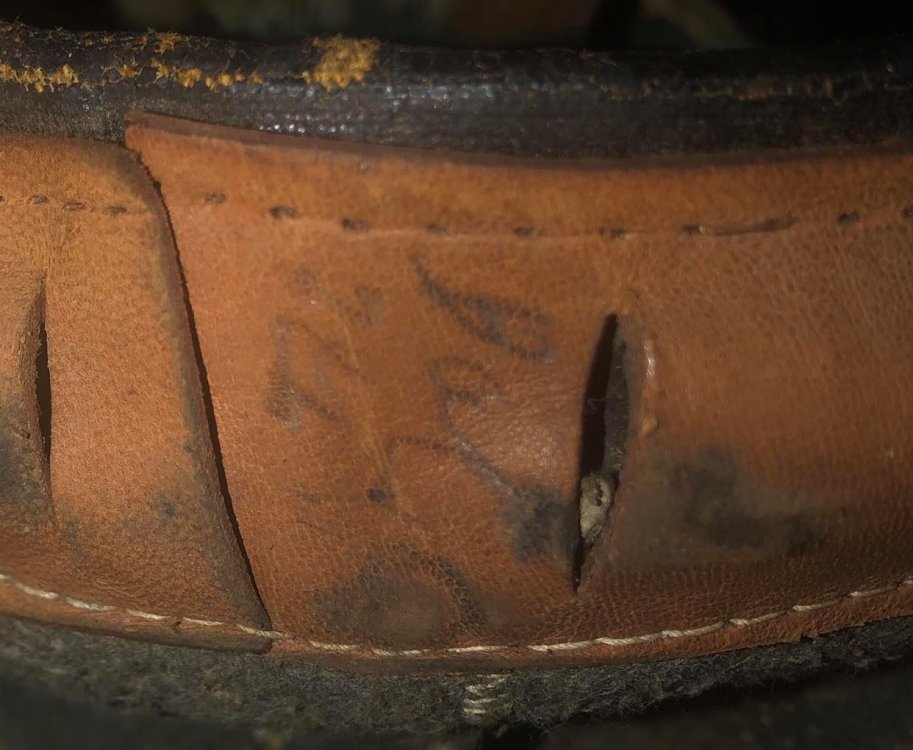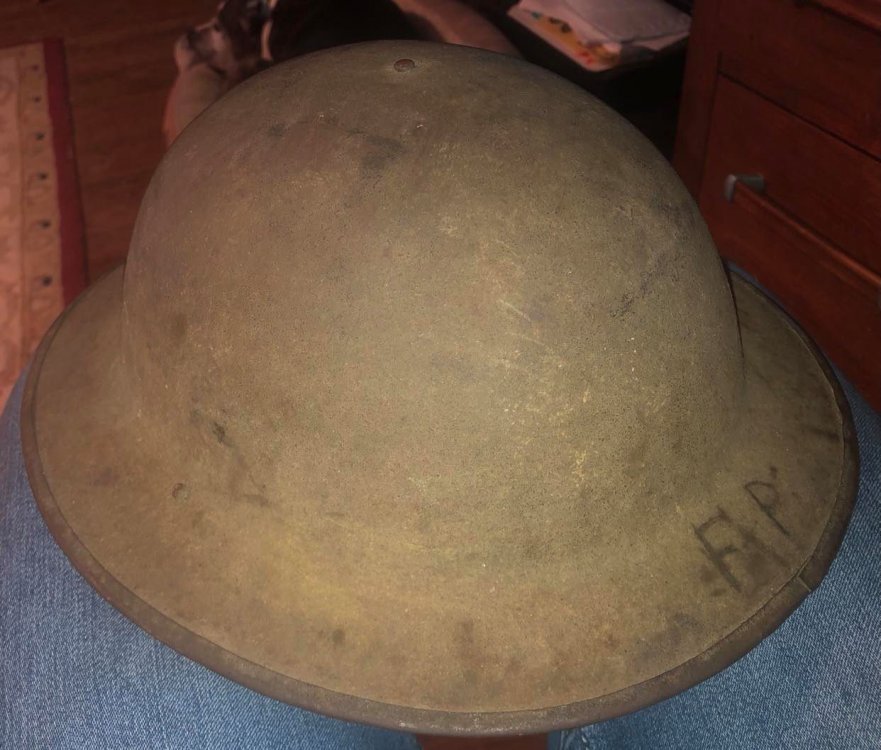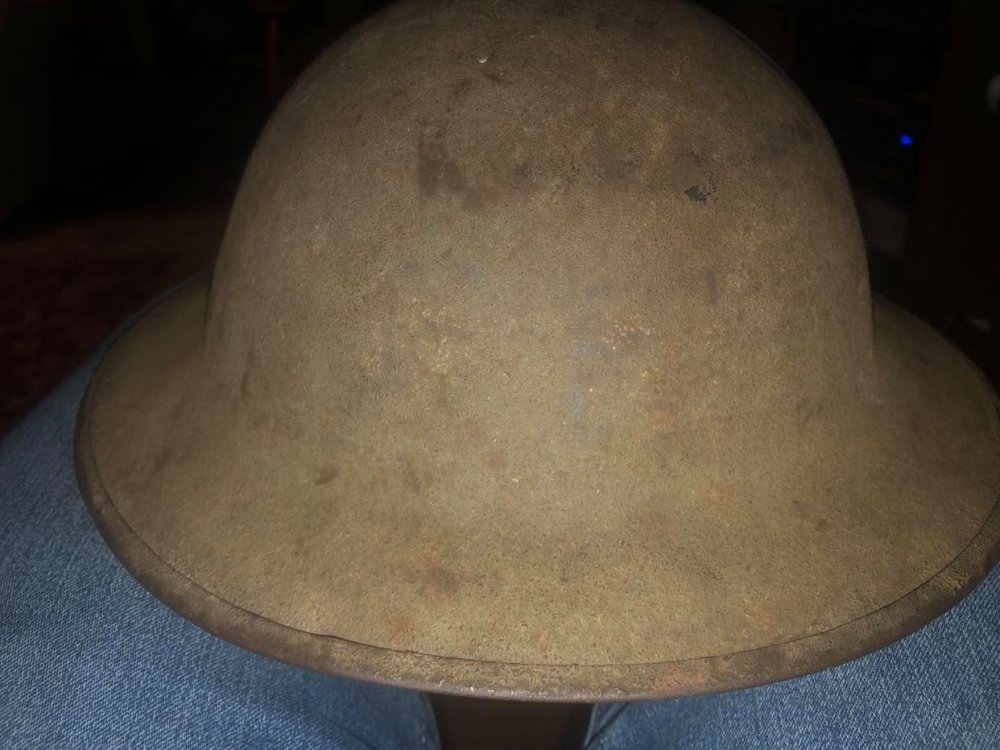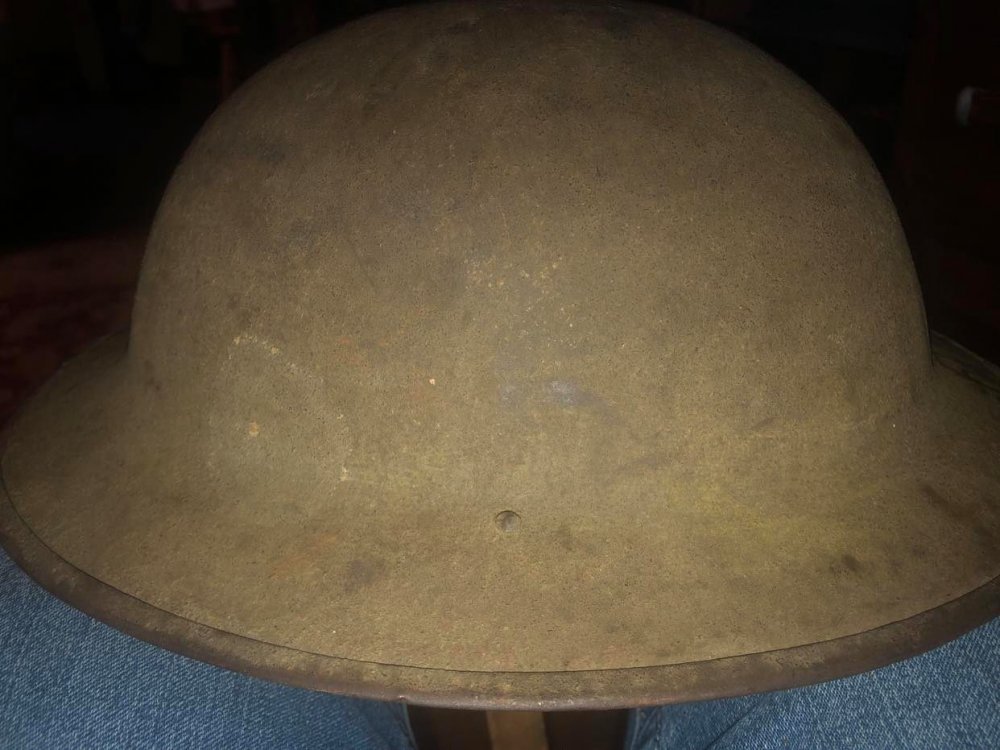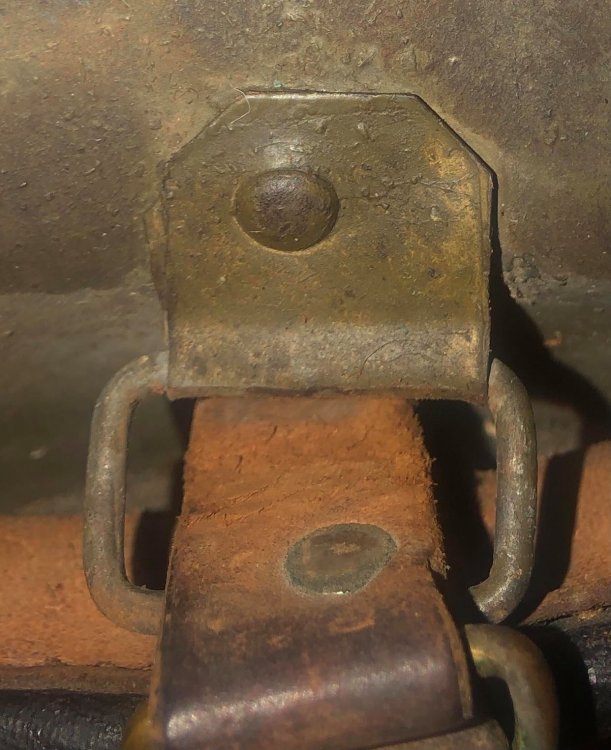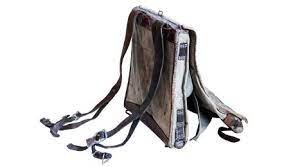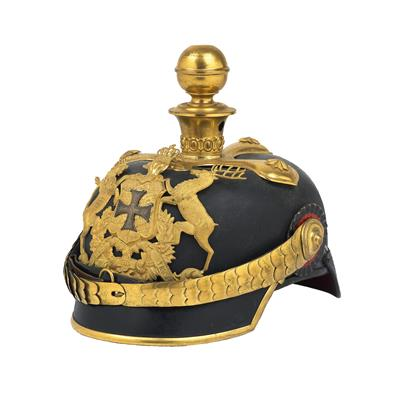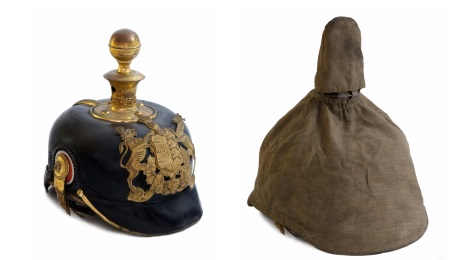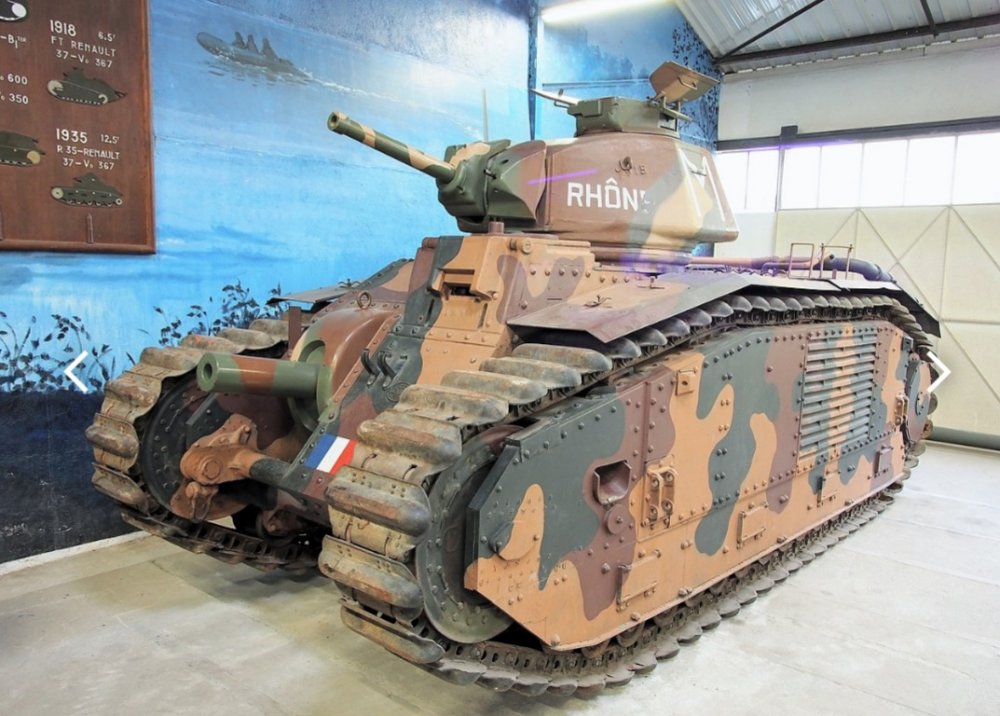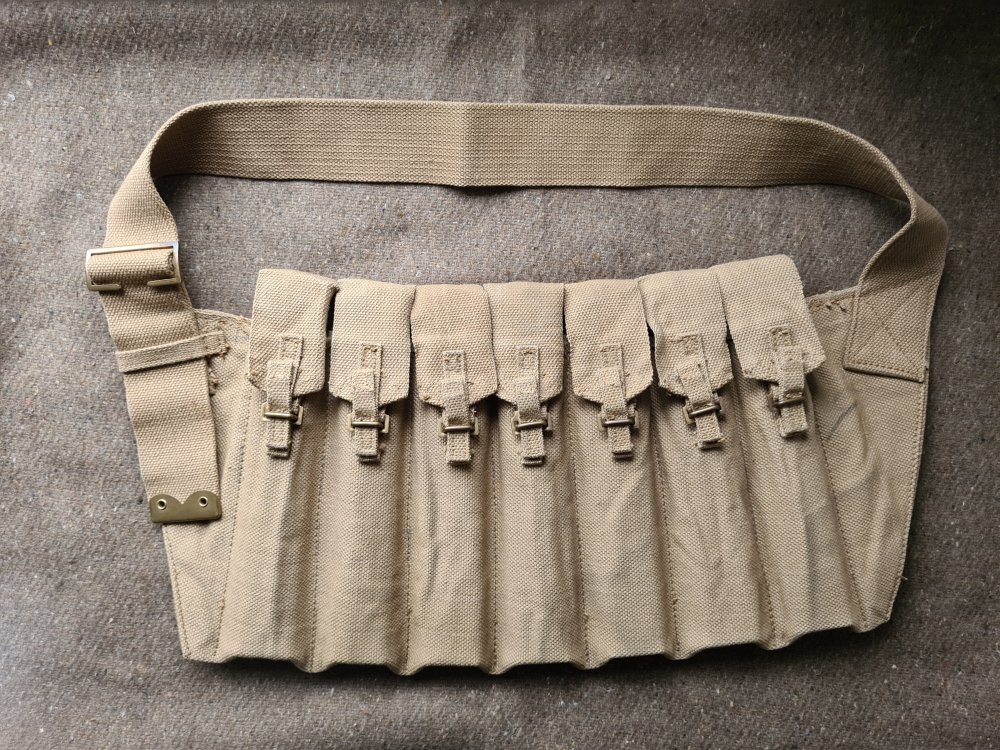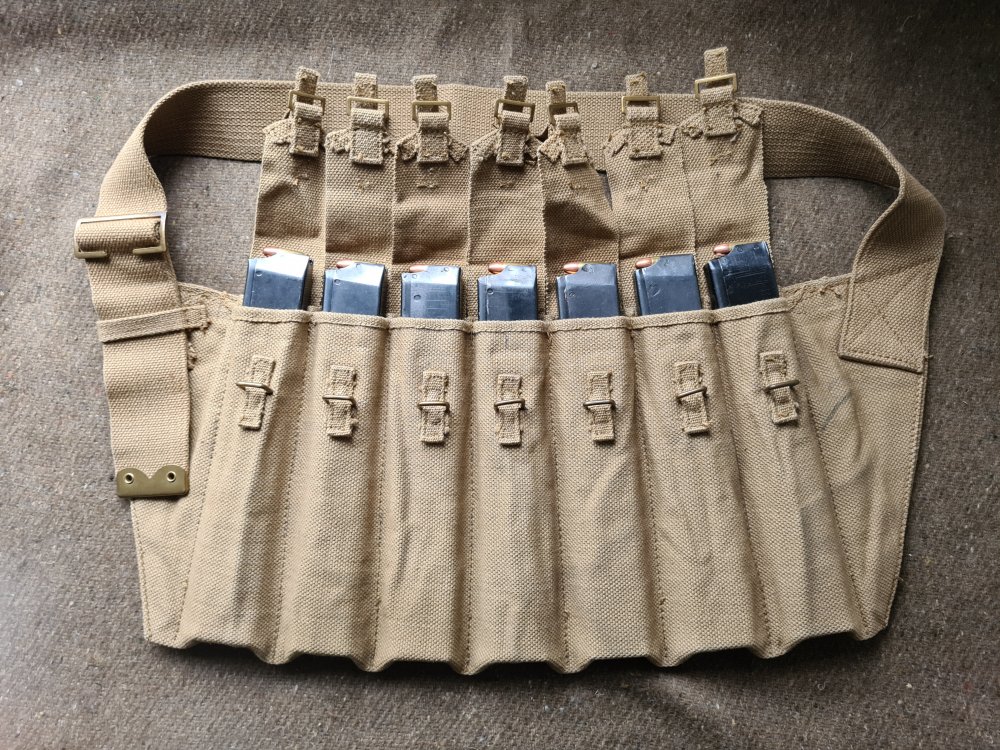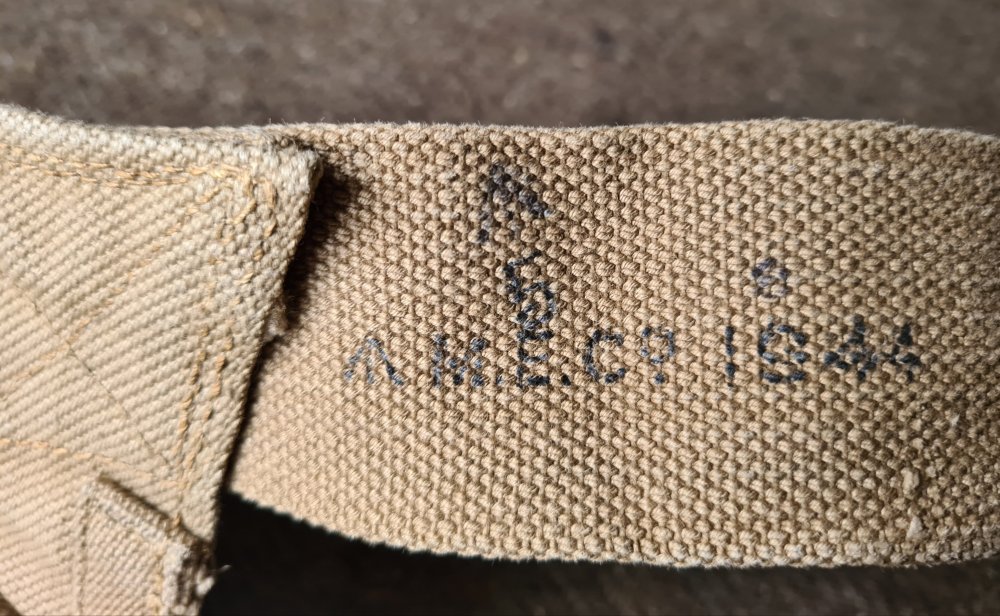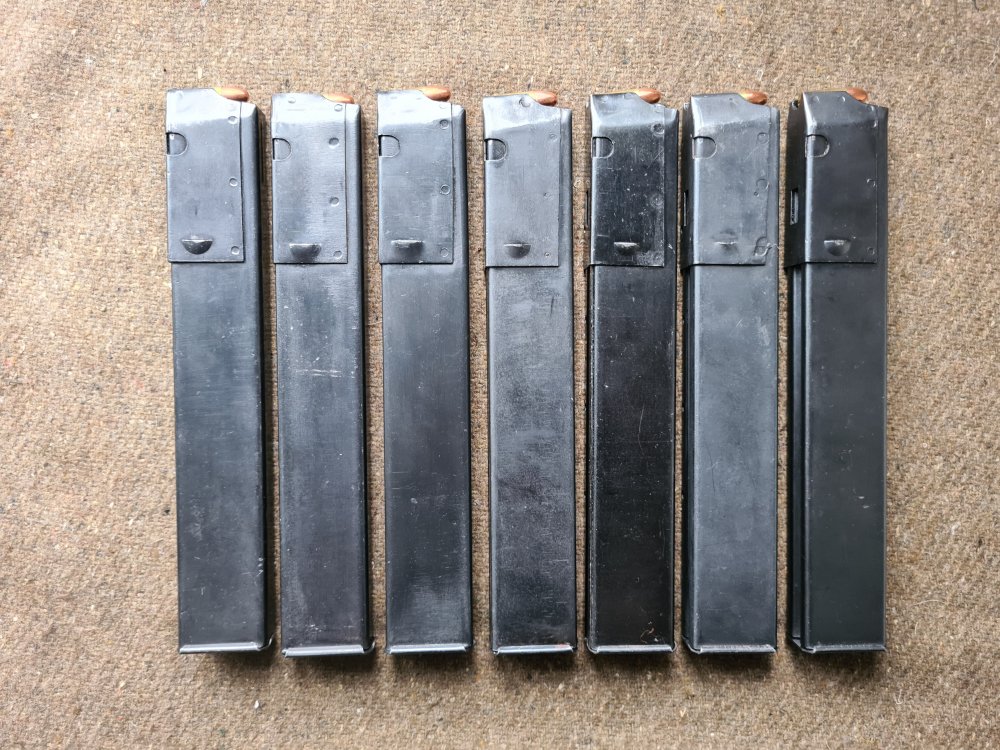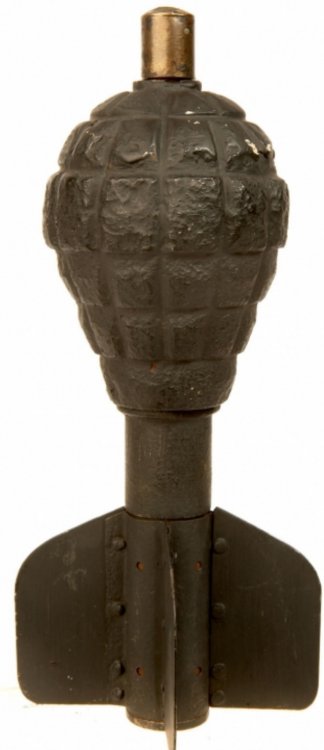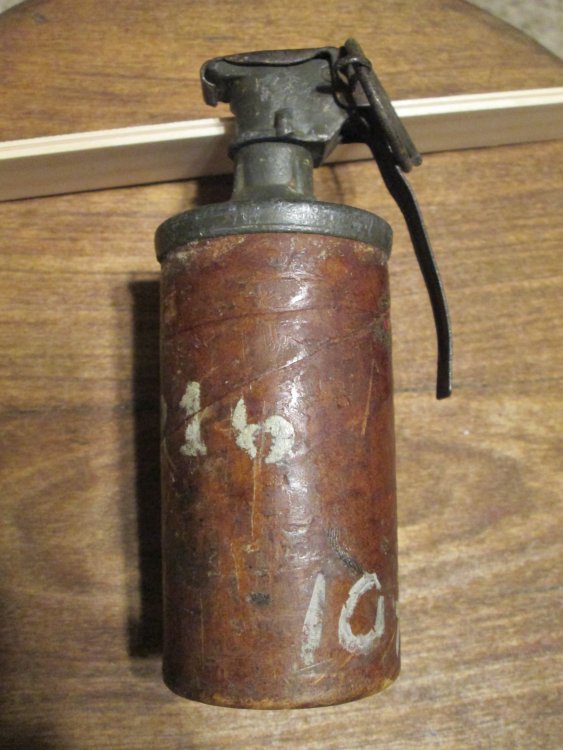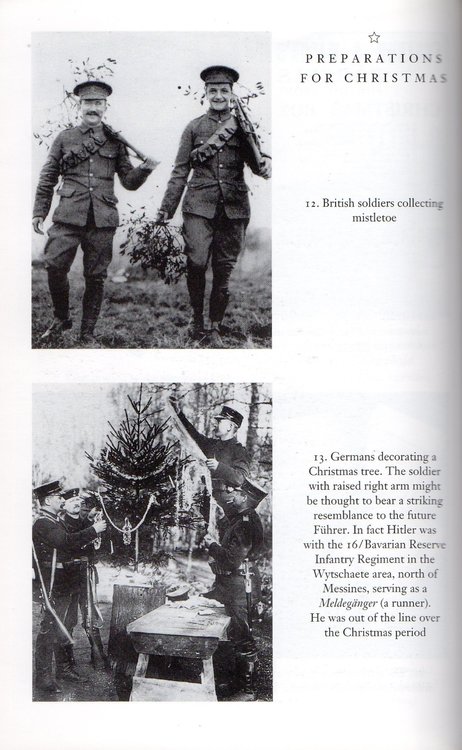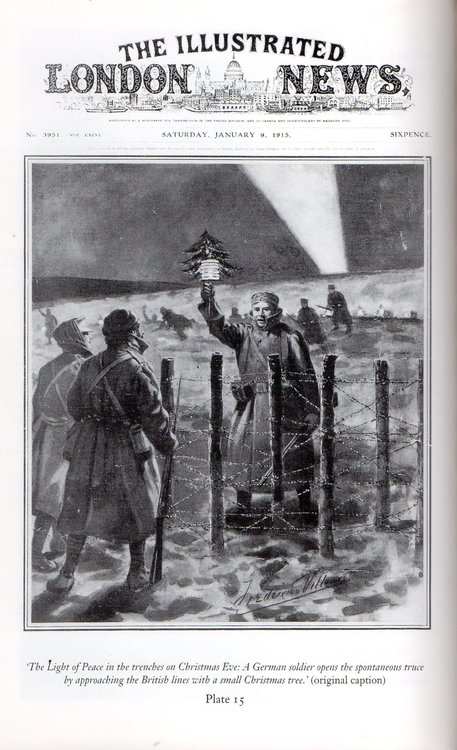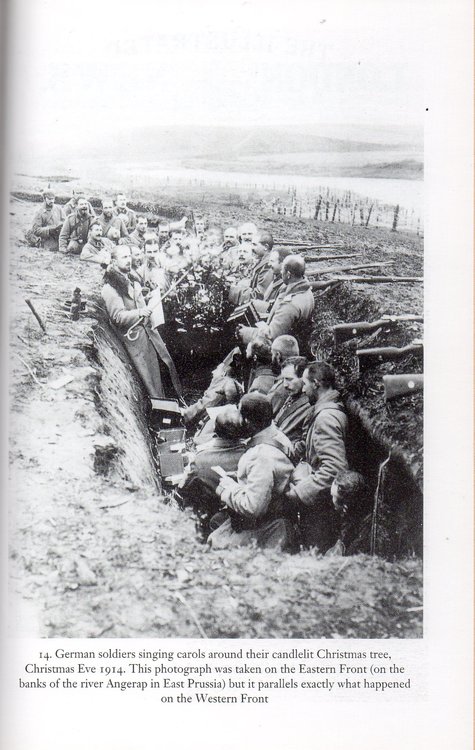Leaderboard
Popular Content
Showing content with the highest reputation on 25/12/20 in all areas
-
The mystery continues, pity there was only minute traces of gold. I am now keeping an eye out for these 30's as I have had many in the past but never checked for remnants gold wash. Hopefully next one will have more gold, but of course what you say is most likely correct, better evidence is needed.1 point
-
Most likely remaining stocks of brass needles, not "gold". Otherwise the only alternative would be iron, as zink is not suitable for needles for obvious reasons. The gold pin has nothing to do with the colour of the badge itself. Earlier black wound badges were made of brass, including the pins, the traces of gilt on the badge may be the remains of a silver finish, which has turned a yellowish tone with age. Many collectors tend to jump to conclusions, such as the legend that "an EK with a brass centre has to be Kriegsmarine". There were no official variations of the Iron Cross. Material used is another point, a brass centre, brass being softer than iron, was easier to manufacture, more easily formed and a lower melting point, the manufacture of iron, being harder, reduces the lifespan of the tools and dies considerably. The main point to consider is that after 1940, a shortage of non-ferrous metals and alloys, copper, brass, nickel, silver, etc. became acute, the same applied to aluminium, which was needed for the aircraft industry, so therefore zink was increasingly used. The same shortages applied to most other materials. The two wound badges to left and right in photo both have brass pins. 30 / 107 / unmarked1 point
-
Feuerüberfall durch Franctireurs in einer belgischen Stadt, 19141 point
-
Thank you both very much for this great information. It is just amazing the knowledge you all have on these helmets. I did a lot of searching and there is so many different stamp markings on these helmets it is a little confusing when you don't know much about them. I appreciate your quick responses. Thanks again, Annette1 point
-
Welcome Annette, nice looking helmet I agree with Gildwiller your helmet still has part of the label which would read ( Tighten Cord and ajust netting to fit head). I've never seen a helmet that has the solders initials on the outside of the helmet before, you normally find them on the in side of the shell or on the liner. I'm thinking it could have used post WW1 by someone in a volunteer role as a Fire Party member this is only a guess though.1 point
-
Hello Annette, welcome to the forum, what you have is a US made, 1917 pattern helmet. These were used in WW1 and some were reused to make the M1917A1 helmets just before WW2. This was patterned from the British Brodie helmet. ZG37 stood for the maker and lot number, unfortunately the lists for those have not been recovered yet. The 6 7/8 marking denoted the liner size, however the liner could be adjusted slightly to meet the wearers size. Sometimes the liner itself is stamped with a makers mark, this is located on the underside of the black portion of the liner. It may be possible to fold it over and look, however if the liner is brittle and stiff I would not recommend this as it may tear. The helmet has its original paint, as it should look for WW1 use. The initials could have belonged to the wearer, however with out more information, it would be difficult to say. Only issue I see is that the chinstrap appears to be broken or missing, however I can't see that from the images. Overall a very nice helmet.1 point
-
Hi, I am new to this forum and seen there was a lot of knowledge about these old helmets and enjoyed seeing all of them and was hoping someone could help me help identify mine. I was told it was a WW2 Army helmet. From my research it is looking like to me that it may be from WW1. If I am reading it correctly the stamp number is ZG37 or ZG57. It also has what I believe is his initials F.G.P. and F.P. in numerous places on the helmet and on the lining. There is a little star emblem on the inside center rivet. On the leather chin piece next to the center star there is a size of 6-7/8 and some writing. On the outside of the leather head piece that is some I believe are initials and some more writhing I can't quite make out. Any information of this helmet would be greatly appreciated. Thank you1 point
-
Further exibits / exhibitions / Kulturprojekte Esslingen und der Erste Weltkrieg in Stadtmuseum Gelbes Haus Esslingen, objects: A private purchase helmet of the Württemberg Artillery, complete with cover, helmet in officer's quality, with a few differences. The flat chinscales denote the Foot Artillery. Photo, similar example "Made in Württemberg" - a 1915 Segeltuchtornister, with parts manufactured by various firms in Württemberg. Marked to 126.R. and XIII. Armee-Korps. A further stamp within denotes later use by the Württemberg police after 1919. One of the main straps is marked with the manufacturer details: Gebrüder Steus in Esslingen, a leather tannery, which produced special types of leather goods, such as transmission straps. "Notgeld" of the city of Esslingen, 1917, 50 Pf. note Württemberg Kavallerie-Trompete in Es-Dur, with Banderole in the Württemberg colours. Manufactured by Franz Schediwy in Esslingen, 1915, issued to Feldartillerie-Regt. 65 Photos by Daniela Wolf Es-Dur1 point
-
In protest, a former Sanitäterin of the West German "Bundeswehr" returned her medals to the "Bundespräsident". The cause was the award of a "Bundesverdienstkreuz", to Professor Christian Drosten, who is a controversial figure presently. "Mein Verständnis für die Arbeit am Menschen ist ein Anderes. Den Menschen Angst zu machen und widersprüchliche Aussagen zu tätigen, ist für mich nicht ehrenhaft. Mit dem PCR-Test verdient Herr Drosten* genug, wo andere Mitmenschen mit den Corona - Maßnahmen und Corona - Verordnungen kein Einkommen beziehen können. Dies spaltet unsere Gesellschaft und ich möchte diesen Akt der Unmenschlichkeit nicht unterstützen und ein Zeichen setzen." *Professor Christian Drosten, Stabsleitung an der Charité Klinikum, Berlin and self-appointed "Corona-Expert" Photo example: A selection of typical Bundeswehr junk. Corona-Expert Christian Drosten, Klinikum Charité, Berlin1 point
-
Interesting choice. I have the 2nd medal from the left as well.1 point
-
1 point
-
1 point
-
Spitfire - on the ring is a stamp, as very often, here - KO - about half of the marked originals have this stamp, others have no stamp, there is a large range of manufacturers each with their initials stamped, crosses of certain manfacturers will cost more, Godet, Wilm, Wagner, etc., all quality marks. KO is probably from the Berliner Münze, a direct order from the Crown. The ribbon is also original, which is an important detail when buying a decoration. One source states KO as Klein & Quenzer, Idar-Oberstein, who also later produced 1939 crosses, other souces state KO as (contract manufacture to the) Königliche Ordenskommission, which was the establishment itself. No wound badges had this type of pin, there are otherwise many variations, usually a thinner pin. Example of an award document issued by the Königliche (General-) Ordens-Kommission1 point
-
1 point
-
I'm with everyone on this. I havn't seen one, but panzer badge & infantry badge. Iron cross 1st & 2nd class which I think you have to hand in after winning the KC, with knights cross ? Wolf.1 point
-
ww2 german stuff is so copied & sold as fakes to the novice,so I don't blame a lot of collectors going back to ww1 or forward to the cold war era like I have. Still love the collecting bug though. Wolf.1 point
-
1 point
-
Interesting relic you have there. Not a million miles away to the modern day bomb disposal tracked vehicles in use today.1 point
-
1 point
-
Here is a list of the manufacturer's codes, very extensive list: https://oldmilitarymarkings.com/codes_full_alpha_a-b.html1 point
-
Not a problem, although typically found with 3 fins, the oval shaped types could have been fitted with the 4 fins as well. With the economic and resource depravations the Germans faced, they would have used all items in any configuration if possible. So, its conceivable, but from the photos I've seen, not likely.1 point
-
Ah I see. 3 fins not four. Glad I asked! Interesting observation with regards to the body & tail being in different condition. Great observation.! Still very much a newbie though I am learning. Knowledge is power! Nice one.1 point
-
Typically the oval shaped types had a 3 winged stabilizer set, most likely this one has been put together as the corrosion from the head does not match the bottom portion. 180 seems a bit high for a cobbled together piece, however the oval head types are much harder to find. I only have the cylindrical type with the 4 fins. These appear from time to time here, but a lot are in dug condition.1 point
-
1 point
-
Thanks, the Austrian Grenades are quite interesting, not much information available on them compared to other nations. There are two versions of this grenade, the other version looks almost identical except for a spring and pin added under the release handle. The Lakos types look very similar as well, but are much more slender and longer, with as you said just plugs and a fuse, with at least 10 variants known.1 point
-
Here is a WW1 era US MK III Offensive grenade (inert). Orders for these began in early 1918, and nearly 5,000,000 were made by wars end, however only about 170,000 made it to the front before the war ended. It was made obsolete in 1919, but got revived in WW2 with an updated fuse. The body of the grenade in paper with a paraffin coating. It was filled with .27 lbs of TNT or Trojan Powder and had a 5 second fuse. These grenades today are rare and getting quite expensive.1 point
-
1 point
-
The standard contents of the Christmas tins would have been a greeting card and a photograph of the Princess, a pipe, a tinder lighter, an ounce of tobacco and twenty cigarettes in yellow monogrammed wrappers. For non-smokers and boys they would have been given in their tins a bullet pencil and a packet of sweets, Indian troops might have been given sweets and spices, nurses would have been given chocolates. All these items were sent separately from the tins to avoid theft of the tobacco, they were sent in closed vans locked by letter locks only certain officers would be told the word that would open them, the opening word being ( Noel ), and the field post orderlies would then fill the tins before being given out to the troops. Extract from the book Christmas 1914 ( The First World War at Home and Abroad ) by John Hudson.1 point







